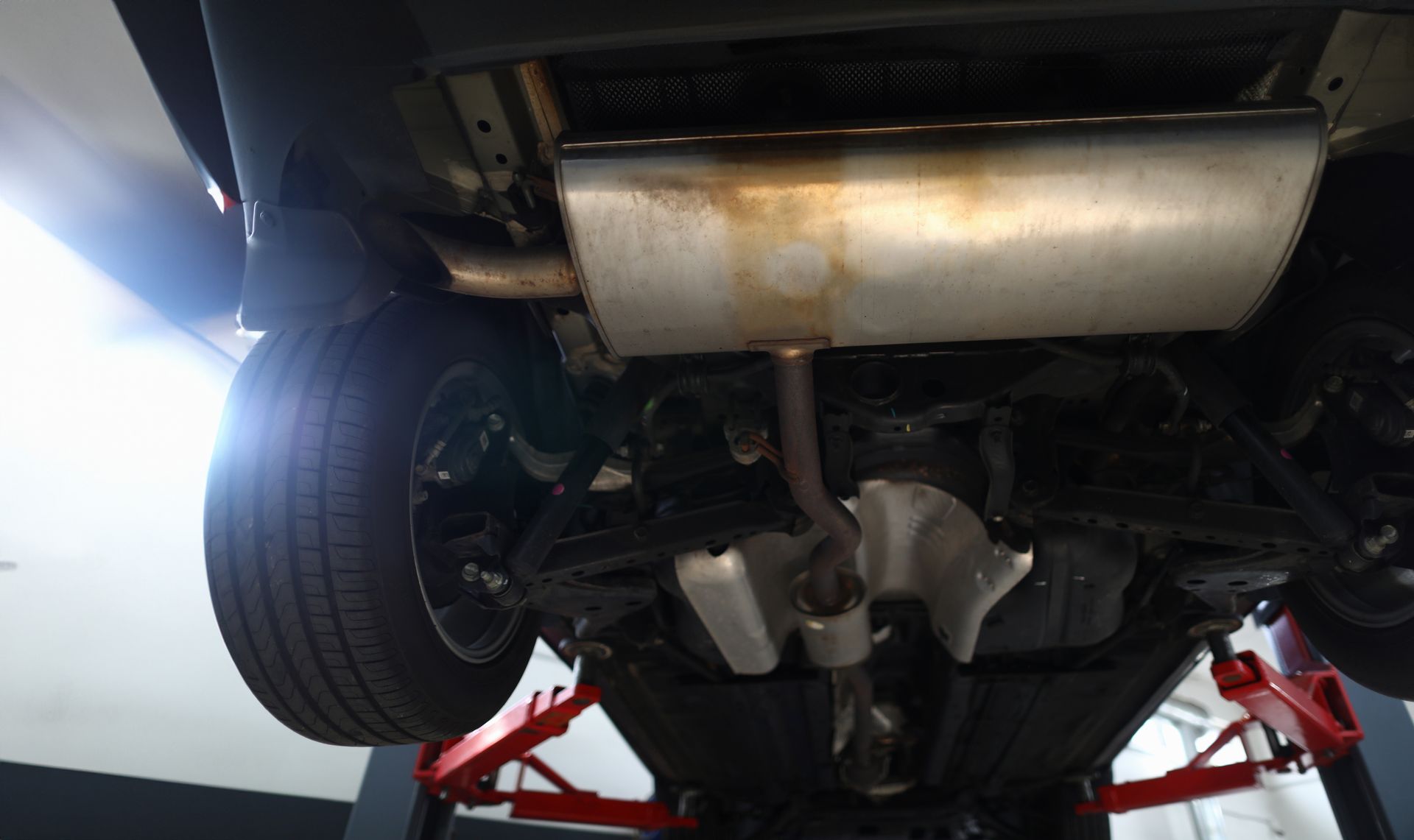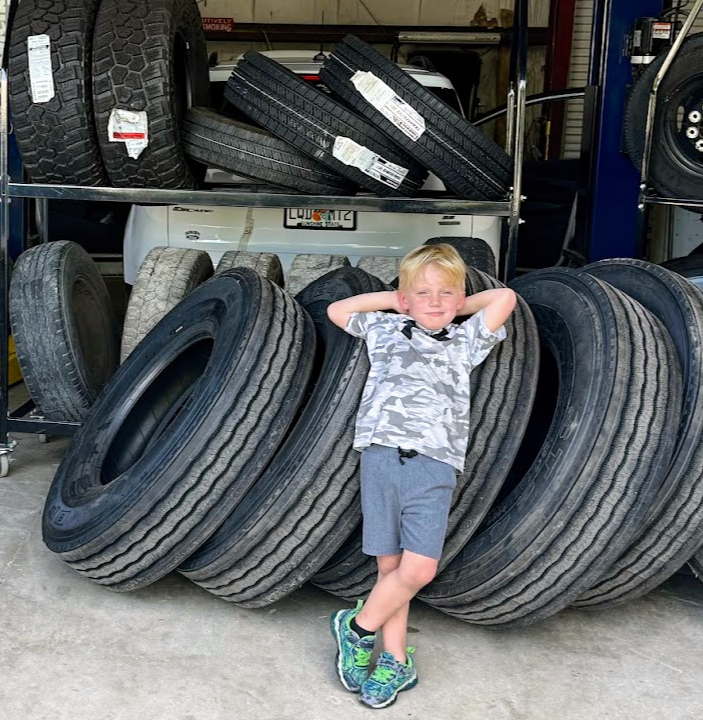Winter weather can pose various challenges for drivers, from slippery roads to decreased visibility. One often overlooked aspect of vehicle maintenance during the winter is the condition of the shocks and struts. These components play a crucial role in how your car handles in different driving conditions, including winter weather. In this article, we will discuss the importance of shocks and struts and how they can impact your car’s handling during the winter months.
What are Shocks and Struts?
Before understanding how shocks and struts affect your car’s handling in winter weather, let’s first define what these components are and their purpose.
- Shocks: Shocks, also known as shock absorbers, are hydraulic components that help dampen the impact of bumps and vibrations when driving over uneven surfaces.
- Struts: Struts are a structural part of the suspension system that support the vehicle’s weight, provide a stable platform for the wheels, and help control the vehicle’s motion.
Both shocks and struts are critical for maintaining stability, control, and comfort while driving, especially in challenging conditions like winter weather.
Impact of Shocks and Struts on Handling
1. Stability
Well-maintained shocks and struts help keep your car stable on the road, particularly during winter weather conditions like snow and ice. When these components are worn out or damaged, they can negatively impact your car’s stability, leading to poor handling and an increased risk of accidents.
2. Control
Shocks and struts play a significant role in your car’s ability to respond to steering inputs and maintain proper alignment. In winter weather, where road conditions can be unpredictable, having good shocks and struts is crucial for maintaining control of your vehicle.
3. Comfort
In addition to stability and control, shocks and struts also contribute to the overall comfort of your ride. Worn-out or damaged shocks and struts can result in a rough and bumpy driving experience, making winter driving even more challenging and uncomfortable.
Signs of Worn-Out Shocks and Struts
It’s essential to recognize the signs of worn-out shocks and struts so you can address any issues promptly. Here are some common indicators that your shocks and struts may need attention:
- Excessive bouncing or dipping when driving over bumps
- Uneven tire wear
- Nose-diving or squatting when braking or accelerating
- Steering instability or drifting
Maintaining Your Shocks and Struts
To ensure your car’s shocks and struts are in good condition and ready for winter weather, follow these maintenance tips:
- Regular Inspections: Get your shocks and struts inspected by a professional mechanic at least once a year or if you notice any of the warning signs mentioned above.
- Replace When Necessary: If your shocks and struts show signs of wear or damage, have them replaced promptly to avoid further issues and ensure your safety on the road.
- Follow Manufacturer Recommendations: Adhere to the manufacturer’s recommended maintenance schedule for your specific vehicle to keep your shocks and struts in optimal condition.
Final Thoughts
As winter approaches, it’s essential to pay attention to the condition of your car’s shocks and struts. These components play a vital role in how your car handles in winter weather, impacting stability, control, and comfort. By staying proactive with maintenance and addressing any issues promptly, you can ensure a safer and smoother driving experience during the colder months.












